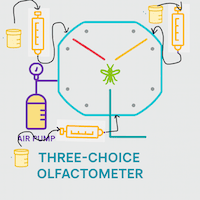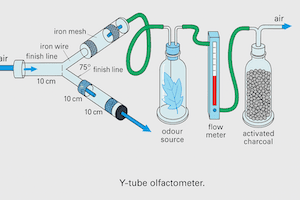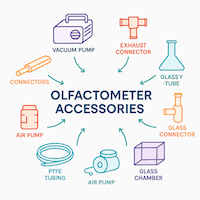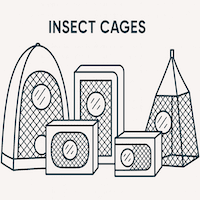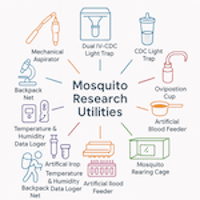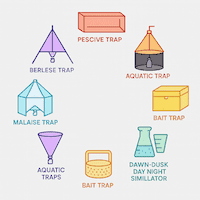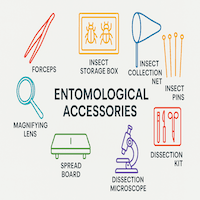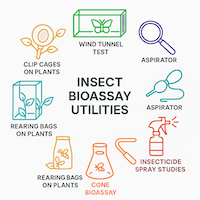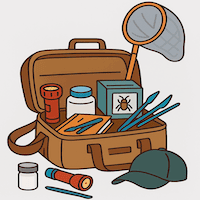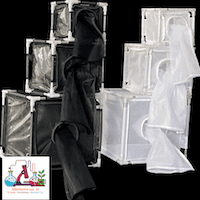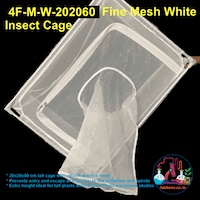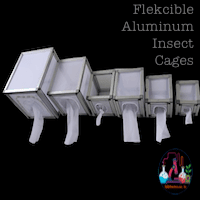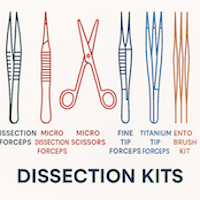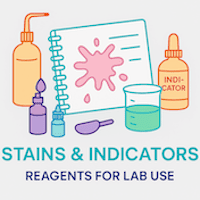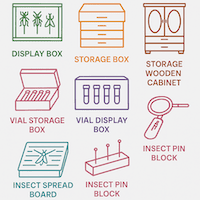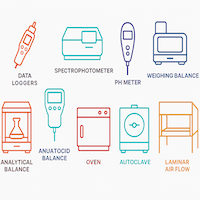


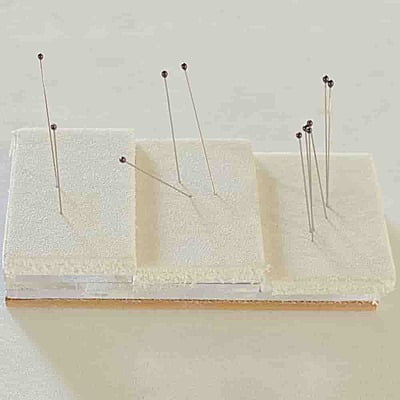
Insect Pinning Block Foam Based -Economical
Customize
Entomological Pin Storage Block:
Definition: This is a block, typically made of foam or cork, used for storing unused entomological pins or temporarily holding pinned insect specimens before they are transferred to their final storage or display location.
Uses:
Organization: One of the primary uses is to keep entomological pins organized. Since these pins come in different sizes, having a storage block allows entomologists to segregate pins based on size, type, or any other classification they choose.
Temporary Holding: Before transferring pinned specimens to a more permanent location like a display case or storage box, they can be temporarily placed in the storage block.
Protection: The storage block provides a safe place for pins, ensuring they don’t get bent, lost, or cause injury when not in use.
Recommendations:
Material: While cork is traditional and offers good grip for pins, foam blocks can also be used and might be more durable in certain conditions. The key is that the material should grip the pins securely without causing them to bend.
Size: The size of the block should be based on the number of pins you typically handle. For those dealing with a large number of specimens or pins, a bigger block or multiple blocks might be necessary.
Labeling: It's useful to label sections of the block if you're organizing pins by size or type. This ensures that you can quickly find the pin you need.
Storage: Store the block in a dry and cool place to prevent potential damage, especially if it's made of natural materials like cork.
Cleaning: Dust and debris can accumulate in the block over time. Periodically clean the block to ensure that your pins remain clean and rust-free.
Replacement: Over time, the holes in the block can become worn or enlarged, especially if pins are frequently inserted and removed. It's important to replace the block when it shows signs of wear to ensure pins are held securely.
In summary, an entomological pin storage block is a simple yet invaluable tool for anyone working with insect specimens. It ensures the safe storage and organization of pins, contributing to the efficient and careful handling of specimens.


